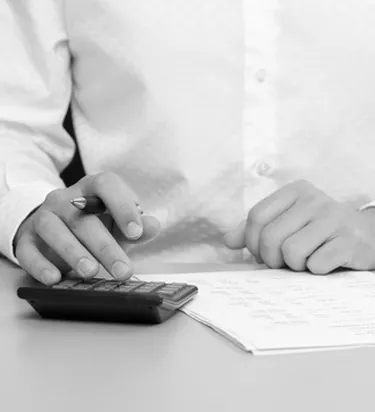
Your United States Postal Service (USPS) pay stub, or statement earnings form 1223, may look different from other pay stubs, but in general, it provides the same information as pay stubs you have received in the past. Familiarizing yourself with the USPS pay stub is easy and it provides important information regarding sick leave, deductions and taxes.
1
Video of the Day
Step 1
Locate the detailed earnings heading on your pay stub. You will find information under this heading detailing how many hours worked, type of hours worked, grade level for hours worked, rate of pay, and your gross earnings for the pay period. Review this information for accuracy, making sure that the hours reported on your pay stub reflect your own records of how many hours you worked for the pay period.
Video of the Day
Step 2
Find the gross to net heading on your pay stub. The columns under this heading will show your gross pay, deductions and net pay for the current pay period and year-to-date totals. Your gross pay is calculated by multiplying your base rate by the hours you worked. Things that affect your gross pay include cost-of-living allowance (COLA), overtime hours or Sunday premiums.
Step 3
Review your deductions. The deduction titles will appear in abbreviated form on your pay stub, including federal tax (FED TAX), state tax (ST TAX), retirement account (RETIRE) and federal insurance contribution act or Medicare (FICA/MED.) Review these deductions to be sure the correct amounts are being deducted from your pay each pay period.
Step 4
Locate the leave status heading on your pay stub. This section provides information pertaining to your sick leave, annual leave and leave without pay. Review the balances and calculate accuracy. This is done by determining how many leave hours you have earned for the current year and subtracting any leave hours you have used. Full-time employees, with time of service less than 3 years, earn four hours of leave per pay period, or 104 hours of leave per year. Employees with 3 to 15 years of time in service earn six hours of leave per pay period, plus four additional hours of leave in the last pay period, or 160 hours of leave per year.
Tip
Retain your pay stubs for the current year to compare with year-end tax forms. Report any discrepancies on your pay stub immediately to ensure corrections are made quickly.